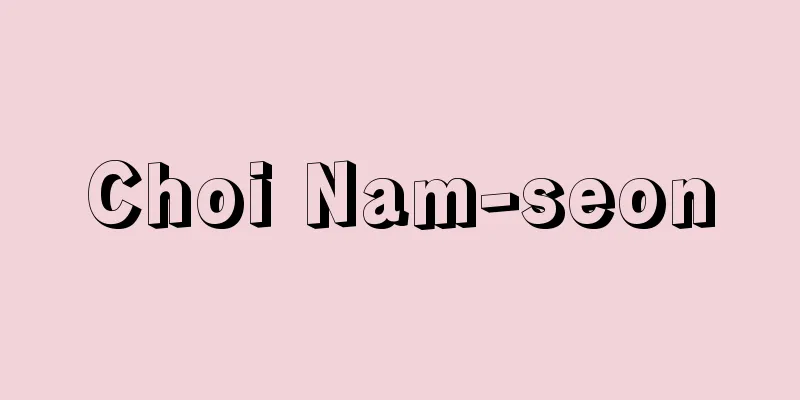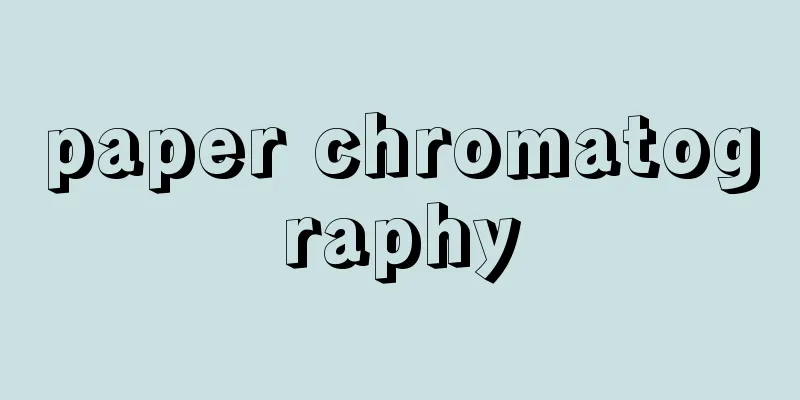Choi Nam-seon

|
Korean historian, poet, and thinker. His pen name was Rokudō. After studying at Waseda University, he returned to Korea and, along with Lee Kwang-soo, became a pioneer of the New Culture Movement. In 1919, he drafted the March 1st Declaration of Independence and was imprisoned. He later served as a member of the Korean History Compilation Committee under the Government-General of Korea, and in 1938 became a professor at Konkuk University in Manchukuo. After liberation in 1949 (1945), he was imprisoned under the Anti-National Acts Punishment Act, but was released on bail after one month due to illness. His achievements are, first, as an enlightener who, in his early days, encouraged self-reliance, new education, and new ideas through various publications; second, he created a new style of writing which prioritized national literature and subordinated classical Chinese, and published Korea's first free verse (prose poem) in a magazine he himself published, as well as reviving the classical short poem form, Sijo, into the modern era; and third, he collected ancient books that had been scattered, making great contributions to classical and historical research. [Masuo Ohmura] "Korean Common Knowledge Questions and Answers (Study of Korean Culture)" written by Choi Nam-seon and translated by Aiba Sei (1965, Soko Shobo) [Reference items] | | |Source: Shogakukan Encyclopedia Nipponica About Encyclopedia Nipponica Information | Legend |
|
朝鮮の歴史家、詩人、思想家。号は六堂。早稲田(わせだ)大学に就学したのち帰国し、李光洙(りこうしゅ/イグァンス)と並んで新文化運動の先駆者となった。1919年、三・一独立宣言書を起草し投獄され、のち朝鮮総督府管下の朝鮮史編修委員会委員を経て、1938年「満州国」の建国大学教授。解放(1945)後の1949年、反民族行為処罰法により収監されるが、病気のため1か月で保釈された。彼の業績は、第一に、初期において各種出版物を通じて自主独立と新教育、新思想を鼓吹した啓蒙(けいもう)家としてのそれであり、第二に、国文を主とし漢文を従とする新しい文体を創造し、自ら出版する雑誌に朝鮮最初の自由詩(散文詩)を発表したほか、古典的短詩型である時調(じちょう/シジョ)を近代によみがえらせたこと、第三に、散逸する古書を収集、古典研究、歴史研究に大きな成果をあげたことである。 [大村益夫] 『崔南善著、相場清訳『朝鮮常識問答(朝鮮文化の研究)』(1965・宗高書房)』 [参照項目] | | |出典 小学館 日本大百科全書(ニッポニカ)日本大百科全書(ニッポニカ)について 情報 | 凡例 |
Recommend
Cotinga (Cotinga)
A general term for birds of the Cotingidae family ...
Mantaro Kubota
Novelist, playwright, haiku poet. Born in Tokyo o...
《Mad Cloud Sleeve》
…It was first performed in November 1784 (Tenmei ...
Stone money - Sekka
Valuables for exchange in Yap, Micronesia. In thi...
Eric IX - Eric
...During this primitive tribal period, Finland b...
Byzantine literature
This refers to literature written in Greek in the ...
Certified Public Accountant (English)
A professional who works in auditing, accounting,...
Kagamino [town] - Kagamino
A town in Tomata County in the northern part of Ok...
Palmae
...In Japan, coconut palms (illustration) were tr...
Kamakura Shogunate
A military government established in Kamakura by ...
Chamonix (English spelling)
A town in the Haute-Savoie department in eastern F...
Vietnam culture
...It was also a location where ships from Japan,...
Joachim Bouvet
A Jesuit born in France. His Chinese name was Bai...
Tiv tribe - Tiv (English spelling)
The inhabitants of the Benue River basin in northe...
field mustard
...The latter three species are plants that arose...









